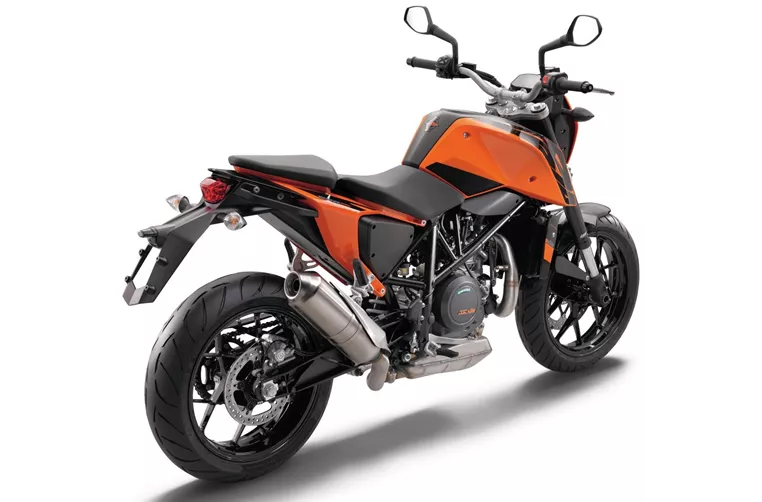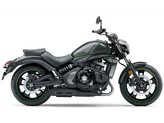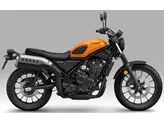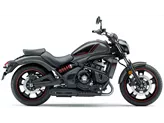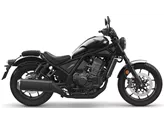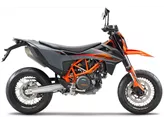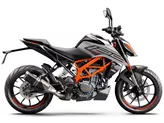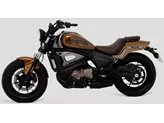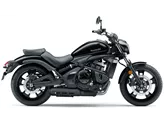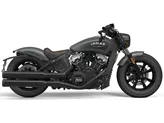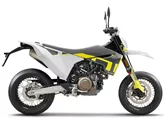KTM 690 Duke 2016 vs. Kawasaki Vulcan S 2020

KTM 690 Duke 2016
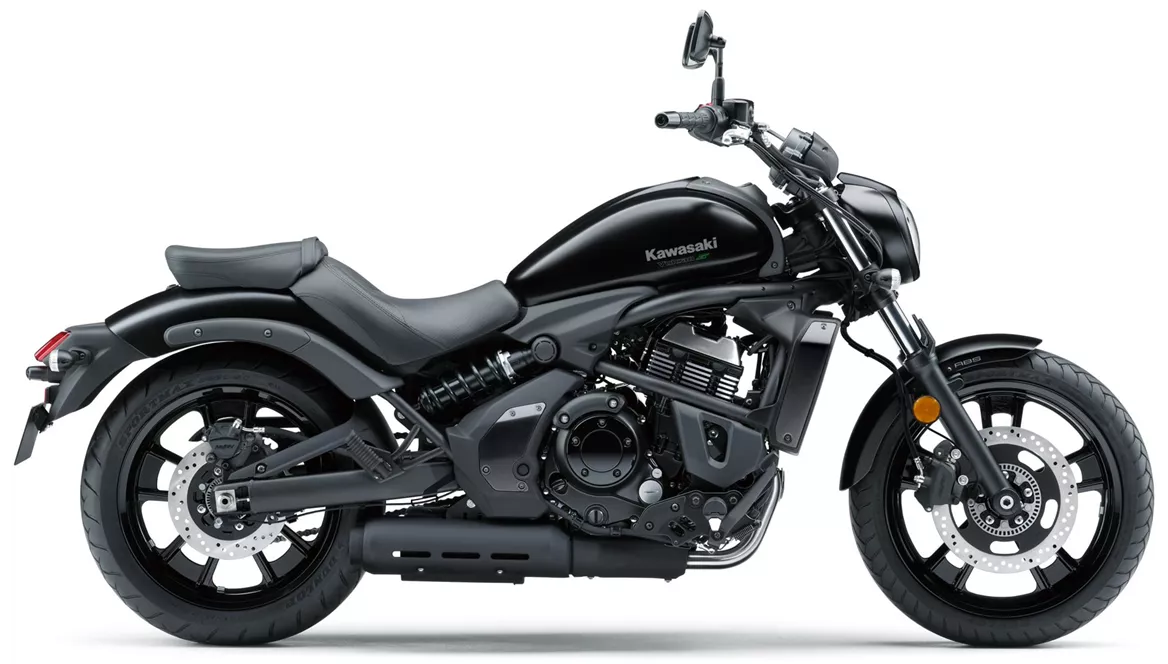
Kawasaki Vulcan S 2020
Overview - KTM 690 Duke 2016 vs Kawasaki Vulcan S 2020
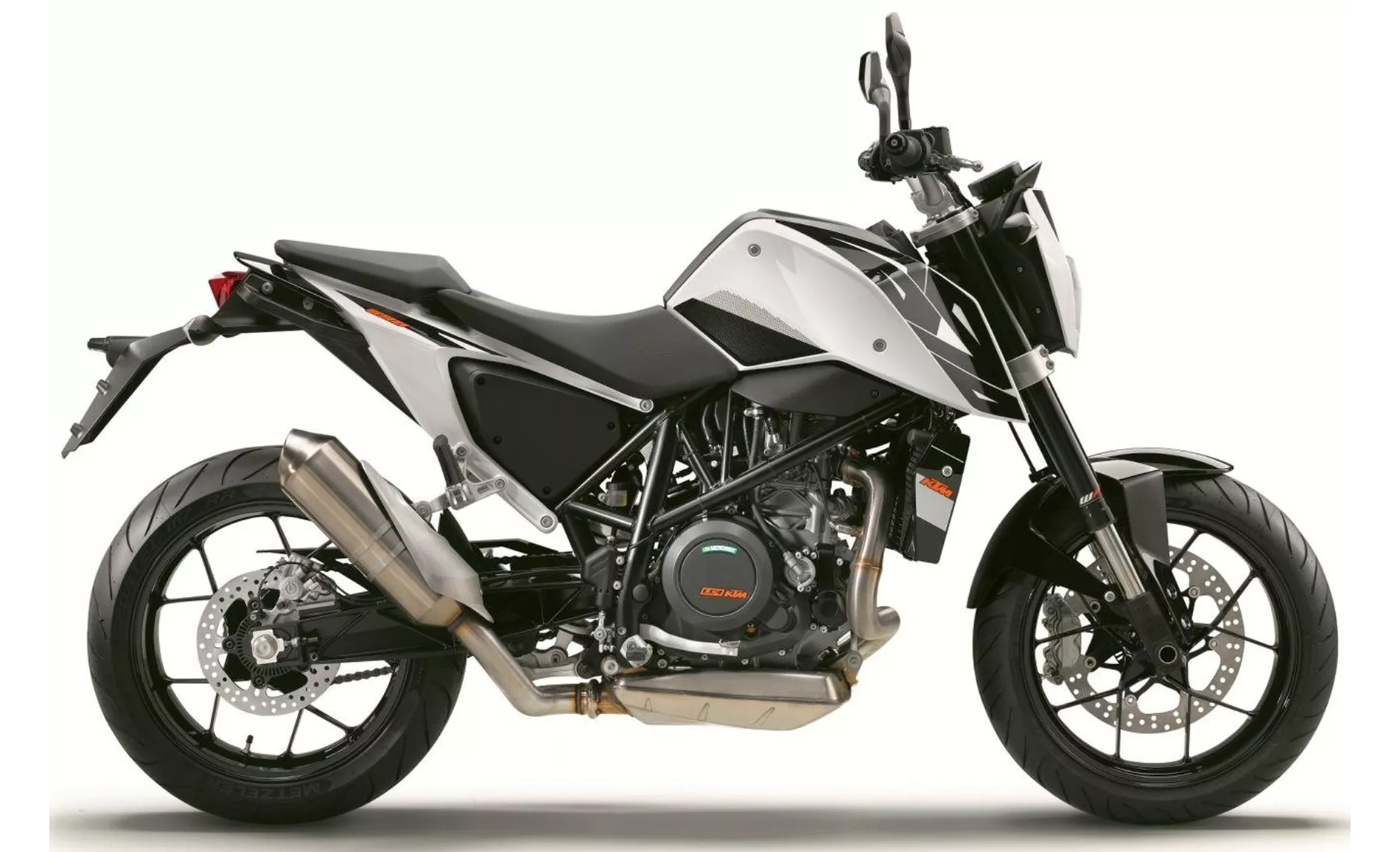
KTM 690 Duke 2016
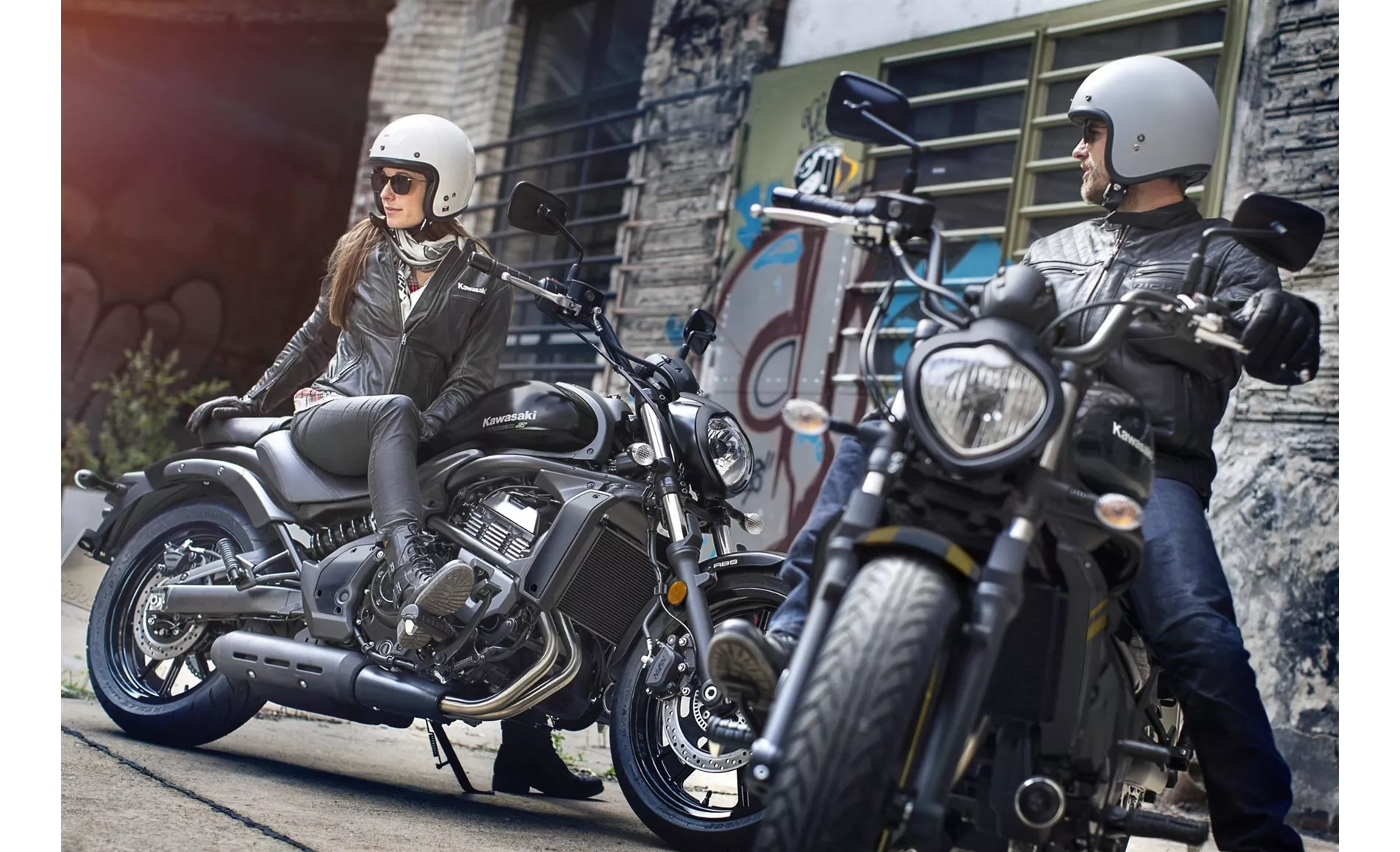
Kawasaki Vulcan S 2020
Technical Specifications KTM 690 Duke 2016 compared to Kawasaki Vulcan S 2020
Pros and Cons in comparison
Pros and Cons in comparison
KTM 690 Duke 2016
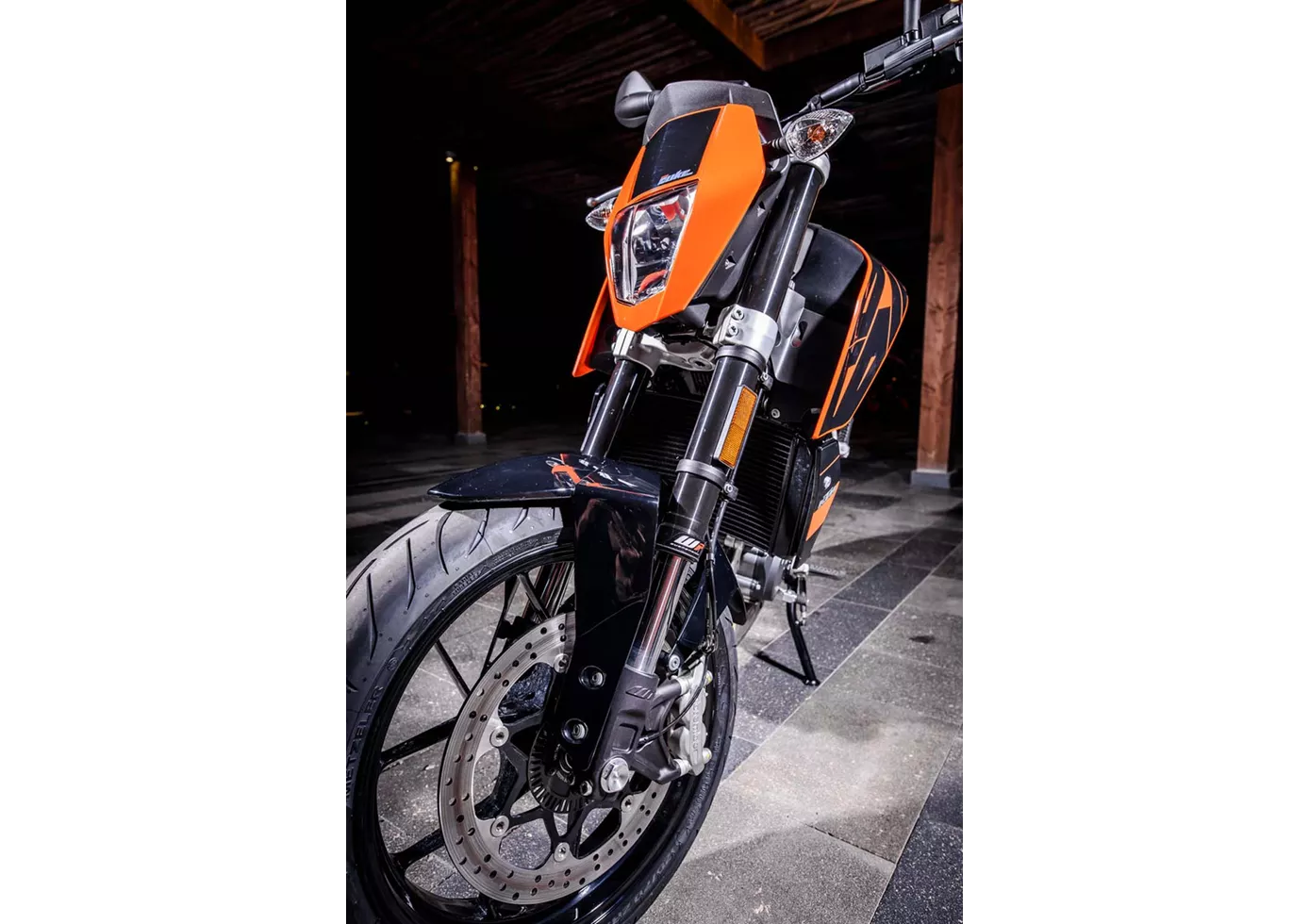
It is unbelievable how cultivated KTM has developed the single-cylinder without sacrificing performance. It can be considered a stroke of genius that, within the framework of the EURO4 standard, the engine's running culture was raised while at the same time increasing power. The flat torque curve is responsible for the smooth, powerful propulsion. From 4000 revs, the Duke pushes hard and revs up to 8500 revs. Even at low revs, the engine does not stutter or swallow, which is an advantage in the city. The Duke's greatest strength, apart from its rideability, is its manoeuvrability, which is why it can confidently be called a toy. It's only when you're on the racetrack and attacking hard that you wish you had the "R" under your bum.
Kawasaki Vulcan S 2020
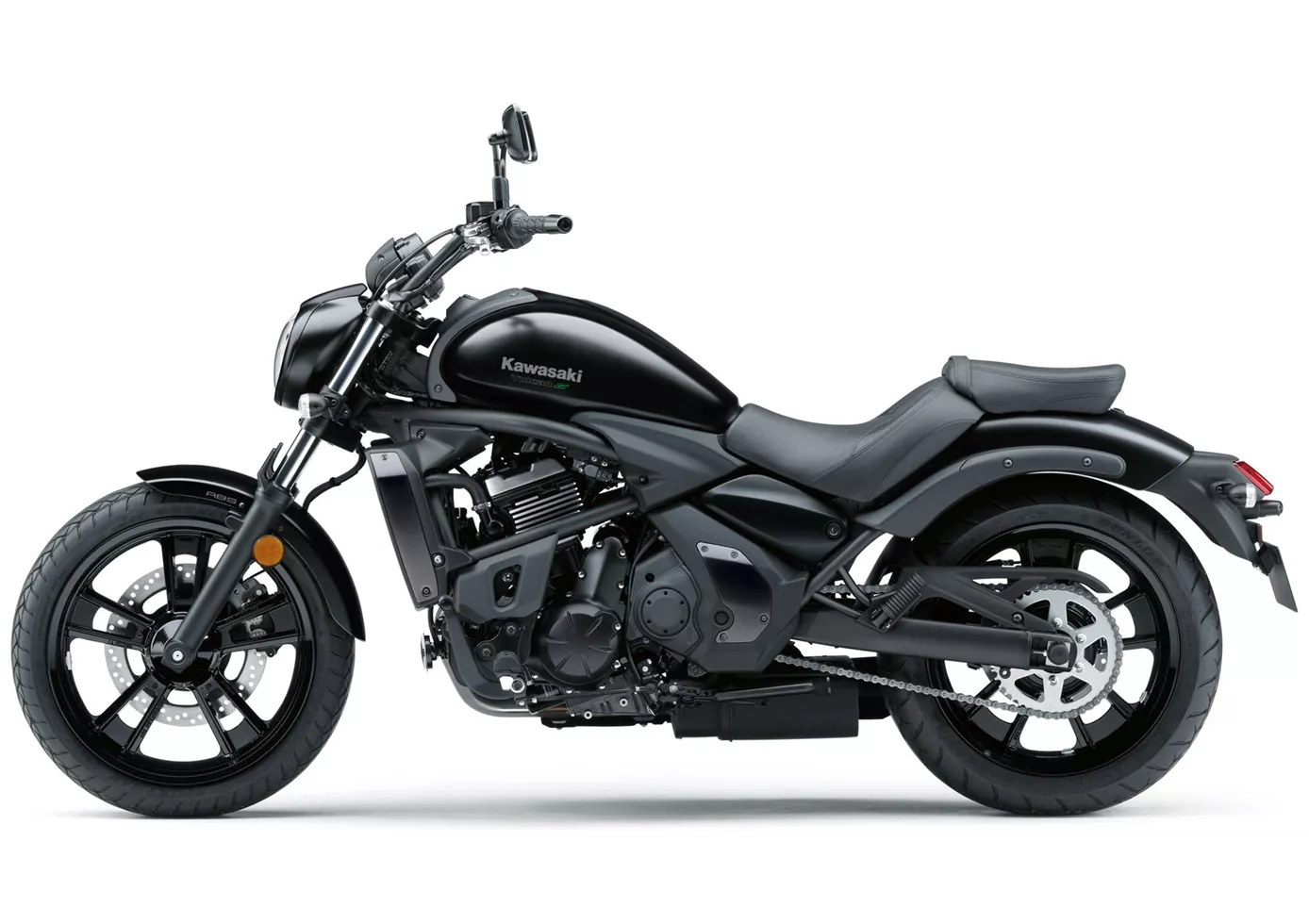
No matter which platform Kawasaki puts the 650 cubic two-cylinder in, the result is always a great motorbike! Even though the engine is unusually rev-happy for a cruiser, it results in a cruiser that actually qualifies as a sports cruiser when paired with the sporty chassis set-up. The only brake is the limited lean angle clearance, but this will not deter lovers of hearty footrest grinding. With such a good bike, we hope that Kawasaki will follow suit - after all, the Vulcan S has been with us almost unchanged since 2015.
